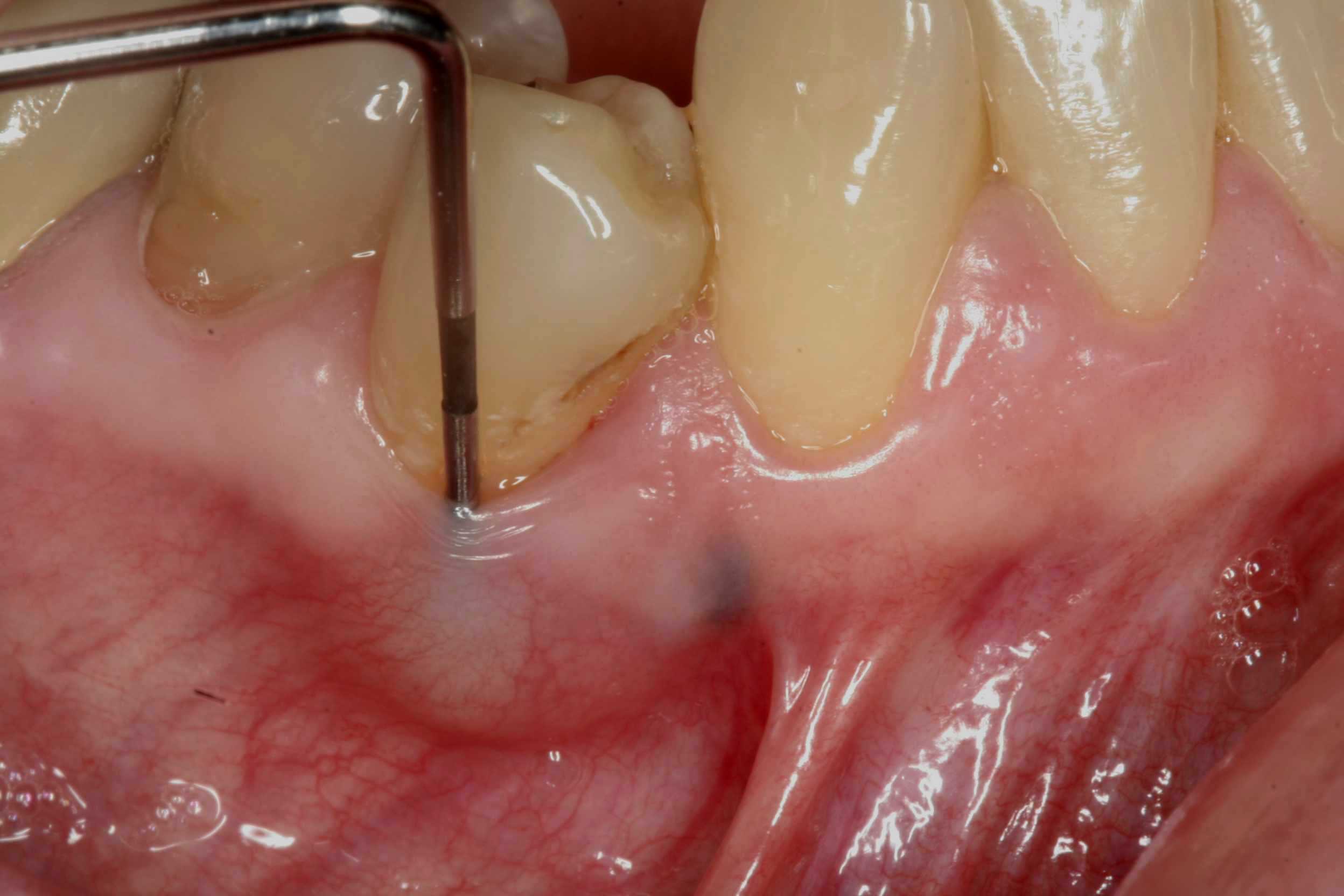Tooth abscesses can be incredibly painful, but understanding their development can help you address them before they become serious. This guide provides a visual journey through the stages of a tooth abscess, explaining the symptoms, treatment options, and preventative measures.
Understanding Tooth Abscess Development
A tooth abscess is a pocket of pus caused by a bacterial infection. Let’s explore the typical progression of this dental issue.
Stage 1: Initial Decay (The Sneaky Start)
It often begins subtly with a small white spot or a tiny hole on your tooth – the initial stage of tooth decay. This occurs when bacteria, feeding on sugars in your mouth, produce acids that erode the tooth’s protective enamel. This stage may be painless, making it easy to overlook. However, ignoring it allows the bacteria to penetrate deeper. See the connection between toothache and headaches.
Stage 2: Pulpitis (Ouch!)
If left untreated, the bacteria invade the pulp, the soft inner part of your tooth containing nerves and blood vessels. This results in pulpitis, marked by inflammation and pain. Symptoms likely include sensitivity to hot or cold, a persistent toothache (ranging from a dull throb to a sharp pang), and possibly bad breath. An X-ray can confirm the infection.
Stage 3: Abscess Formation (The Pocket of Trouble)
As the infection worsens, it extends beyond the tooth, impacting surrounding gums and potentially the jawbone. Your body attempts to contain the infection, leading to a pus-filled pocket called an abscess. This can form at the tooth’s root tip (periapical abscess) or within the gums (gingival abscess). Pain intensifies significantly, often accompanied by swelling in the gums or face.
Stage 4: Spreading Infection (Beyond the Tooth)
Without treatment, the infection can spread further, causing facial swelling, fever, and swollen lymph nodes. In rare cases, it can enter the bloodstream, leading to sepsis, a life-threatening condition. Prompt intervention is crucial.
Types of Tooth Abscesses
Tooth abscesses are categorized by their location:
- Gingival Abscess (Gum Abscess): Located between the tooth and gums, often caused by trapped food particles or foreign objects.
- Periodontal Abscess: Affects the deeper tissues supporting the teeth, commonly associated with gum disease.
- Periapical Abscess: Develops at the tooth’s root tip, typically a consequence of untreated tooth decay.
Recognizing a Serious Tooth Abscess
A serious tooth abscess presents intensified symptoms, including severe throbbing pain radiating to the jaw, ear, or head. Swelling extends to the gums, face, or neck. Pus may drain from the infected area. Systemic symptoms like fever, chills, difficulty breathing or swallowing, and swollen lymph nodes can also occur. An upper spine brace may help with unrelated back pain.
Differentiating Gum and Tooth Abscesses
While both cause pain, there are key differences:
| Feature | Gum Abscess | Tooth Abscess |
|---|---|---|
| Location | Gums, near the tooth | Deep within the tooth |
| Pain | Throbbing, localized to the gum | Intense, radiating from inside the tooth |
| Sensitivity | To hot/cold, pressure | Primarily to hot/cold |
| Swelling | Visible on gums, possibly face/neck | May not be visible externally initially |
| Visible Signs | Redness, pimple-like bump | Possibly none |
| Other | Bad taste, pus drainage | Bad taste, pus drainage |
Treatment and Prevention
Treatment depends on the abscess’s severity and may include:
- Root Canal Therapy: Removing infected pulp and sealing the tooth.
- Extraction: Removing the tooth if it’s too damaged.
- Antibiotics: Combating bacterial infection, especially if it has spread.
- Incision and Drainage: Relieving pressure and pain by draining the abscess.
Preventing tooth abscesses involves:
- Regular Dental Checkups: Early detection of decay and gum disease is essential.
- Proper Brushing and Flossing: Removing plaque and food particles prevents bacterial growth.
- Limiting Sugary Foods and Drinks: Reducing sugar intake minimizes bacterial fuel.
Ongoing Research and Future Directions
Research continues to explore the intricate relationship between oral health and overall well-being. Some studies suggest a link between chronic infections like abscesses and other health issues. While more research is needed, it highlights the importance of addressing dental problems promptly. Scientists are also exploring new, less invasive treatment options for abscesses, aiming to preserve the natural tooth whenever possible.
Disclaimer: This information is for educational purposes only and does not substitute professional medical advice. Consult a dentist or doctor for diagnosis and treatment.
- Plastic Bento Boxes Face Scrutiny Over Sustainability Impacts - December 11, 2025
- Bento Tray Revolutionizes Organized Meal Transport and Presentation - December 10, 2025
- Meal Plans for Busy Schedules That Make Healthy Eating Easy - December 10, 2025










